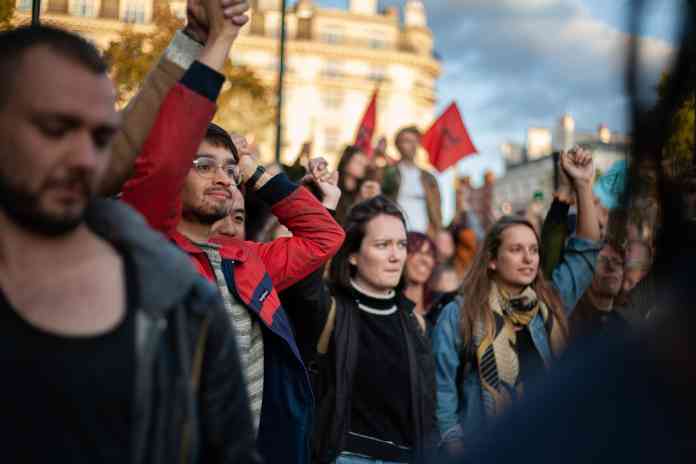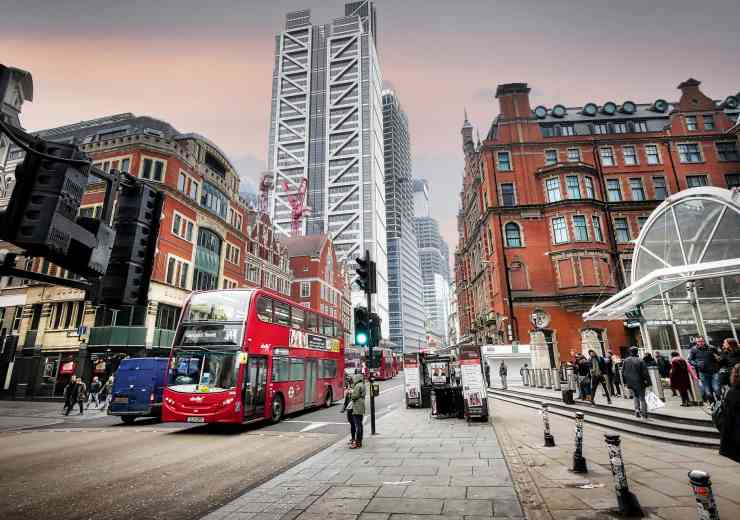
Physical security solutions and non-violent protests
With the Extinction Rebellion protests dominating headlines recently, Iain Moran discuss how physical security solutions can protect non-violent protestors without unduly draining public resources
Non-violent protests have been a prominent feature of 2019, with demonstrators calling for the declaration of a climate emergency, the delivery of Brexit and even expressing their displeasure at the arrival of President Trump. While preserving freedom of speech and legitimate protest is of course imperative, attention must be paid to how both policing and protecting protests impacts increasingly-stretched police budgets.
Indeed, it was recently revealed that Extinction Rebellion protests have cost the Metropolitan police £37 million so far in 2019; more than double what is spent each year trying to reduce violent crime in London. This has highlighted the need for alternative security solutions that local authorities can implement to protect non-violent protests, while also preserving valuable police resources.
What are the security risks?
Crowd management is the primary focus of policing at large-scale national and regional events, whether it’s a protest or a football match for example. This is because crowded events present a wide range of potential hazards, including people being crushed (against both fixed structures and one another), people falling and being trampled on, and risky behaviour such as people climbing onto structures or throwing objects.
There is also a high likelihood of illegal behaviour, including criminal damage and the obstruction of highways, along with the possibility of fights breaking out. This is a particular issue with protests, as there can be clashes between protesters and the general public.
Large groups of people are also unfortunately a potential target for terrorist activity, including hostile vehicle attacks. These attacks, in which a perpetrator deliberately rams a vehicle into a crowd of people, have the potential to cause significant casualties and are particularly dangerous as they can be very hard to predict.
As a result, large crowds of people such as protestors are not only a danger to themselves; they also put passers-by and any police presence at risk.
How are protests policed?
While recent events have been met with some frustration, with calls for the police to use greater force against demonstrators, peaceful protests are legal and can be an effective means of inspiring positive social change. The right to peacefully protest is protected under the European Convention of Human Rights (ECHR), with Articles 10 and 11 outlining an individual’s right to freedom of expression and assembly, through participation in static protests, marches, parades, processions, demonstrations and rallies.
However, while the ECHR does not protect participation in violent protests, even peaceful protests can cause serious disruption to local communities and businesses. This puts extreme pressure on police resources and leaves them to conduct a difficult balancing act.
ECHR Article 11 clearly outlines the duties of the police when it comes to maintaining public order at peaceful assemblies. They must work to facilitate peaceful protests wherever possible and maintain an open and constructive dialogue with demonstrators.
On the other hand, section 12 and section 14 of the Public Order Act 1986 do allow the police to impose conditions on a public assembly if they believe that it may result in serious public disorder, serious damage to property, serious disruption to the community, or that the purpose of those organising it is the intimidation of others.
In addition to general powers to arrest those suspected to have broken criminal law, in this situation they can issue conditions on a protest which direct where it should take place, for how long it should last, and how many people can be involved.
The police exercised these powers to restrict protests in October 2019, when conditions were put in place asserting that any assembly linked to the controversial Extinction Rebellion ‘Autumn Uprising’ had to cease by a particular date and time.
Police resorted to these firmer measures after previous conditions, which stated Extinction Rebellion could lawfully protest in the pedestrianised area of Trafalgar Square, were repeatedly breached over a nine-day period. The decision was described by the police as ‘proportionate and reasonable’, with the aim of helping them to ‘get London moving again’.
















